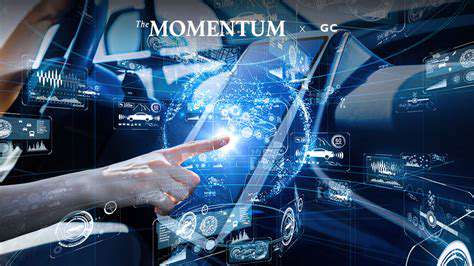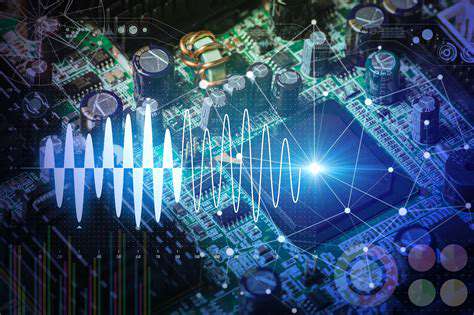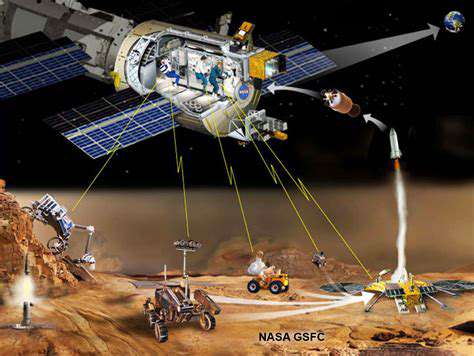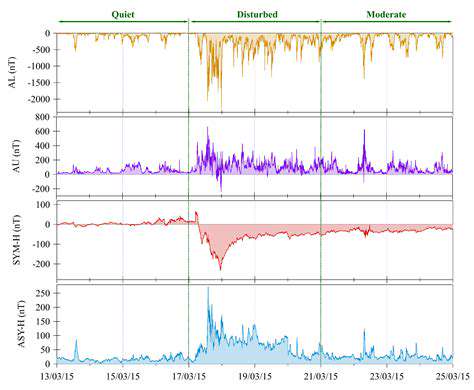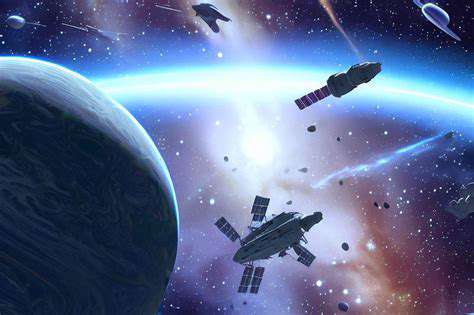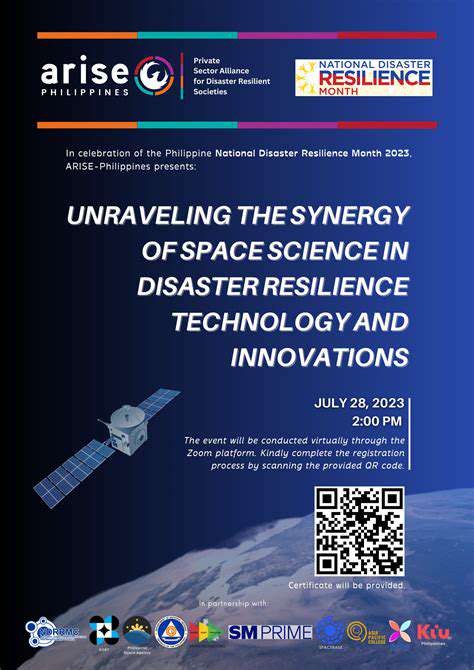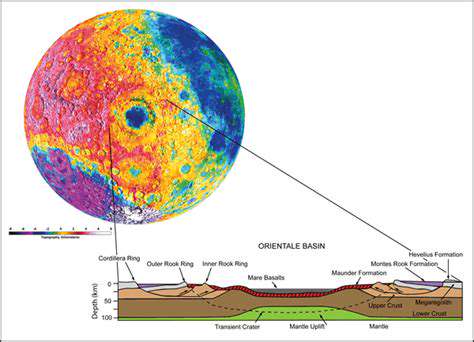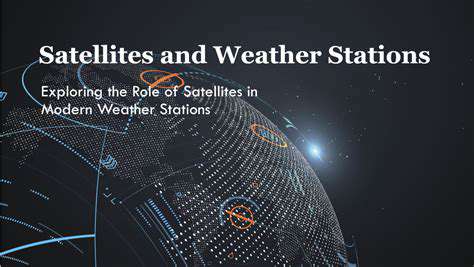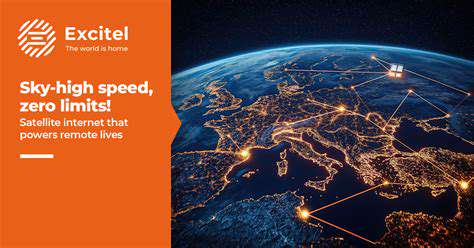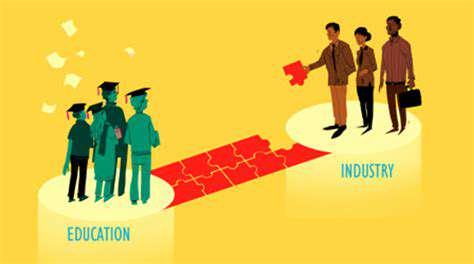Educational technology is rapidly transforming the way we learn, and space exploration offers a unique opportunity to push these boundaries further. Immersive virtual reality (VR) and augmented reality (AR) experiences can transport students to distant planets, allowing them to explore craters, study constellations, and even walk on the surface of Mars. These interactive simulations foster deeper understanding and engagement compared to traditional textbook learning, making complex scientific concepts more tangible and accessible.
Imagine students participating in a simulated mission to the International Space Station, learning real-time data analysis and problem-solving skills in a dynamic, space-themed environment. This hands-on approach cultivates critical thinking and collaboration, preparing them for the challenges of a future driven by innovation and exploration.
Astronaut Training and Simulation
The rigors of space travel necessitate extensive training, and educational technology plays a crucial role in simulating these demanding conditions. Virtual simulations allow aspiring astronauts to practice critical tasks like maneuvering spacecraft, performing repairs in zero gravity, and responding to emergency situations. These simulations provide a safe and controlled environment to refine skills and build confidence, minimizing risks and maximizing learning outcomes.
Moreover, these simulations can be customized to cater to individual learning needs, offering personalized feedback and tailored training programs. This personalized approach ensures that students receive the specific support they need to excel in the field of Space exploration.
Data Visualization and Analysis Tools
Space exploration generates vast amounts of data, requiring sophisticated tools for analysis and interpretation. Educational technology can equip students with powerful data visualization and analysis software to explore this data. Students can learn to identify patterns, trends, and anomalies in space-based observations, fostering a deeper understanding of celestial phenomena and their intricate relationships.
By working with real-world data sets, students develop crucial analytical skills, preparing them for careers in fields like astrophysics, planetary science, and space engineering. This hands-on experience with real data equips students to tackle complex problems and analyze information effectively, a highly valuable skill set in today's data-driven world.
Interactive Satellite Tracking and Monitoring
Educational technology can provide students with real-time access to satellite tracking and monitoring data, allowing them to follow the trajectories of satellites and analyze their functions. This interactive approach not only deepens their understanding of satellite technology but also connects them to the practical applications of space exploration in everyday life. Students can visualize the impact of satellites on communication, weather forecasting, and global navigation, fostering a deeper appreciation for their importance.
Connecting with Space Agencies and Experts
Educational technology can facilitate direct interaction between students and experts in the space industry. Online platforms, webinars, and virtual conferences provide opportunities for students to engage with astronauts, scientists, and engineers, learning from their experiences and insights. These connections create a sense of community and inspire students to pursue careers in space-related fields.
Such interactions allow students to ask questions, gain firsthand knowledge, and explore potential career paths. Connecting with experts is invaluable in fostering a deeper understanding and passion for space exploration, ultimately shaping the future of this dynamic field.
Virtual Field Trips to Space and Beyond
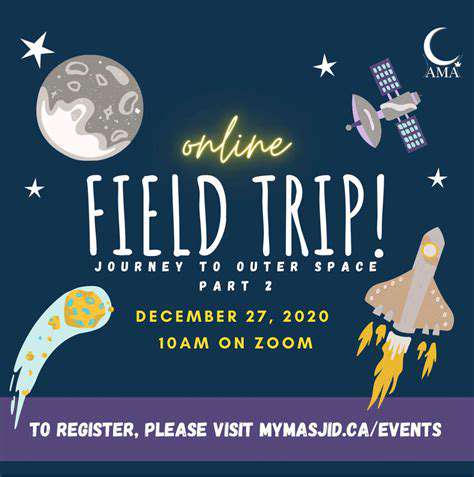
Exploring the Cosmos from Your Classroom
Virtual field trips to space offer a unique opportunity for students to experience the vastness and wonder of the universe without leaving their classrooms. These immersive experiences can ignite curiosity and foster a deeper understanding of celestial bodies, planetary systems, and the mysteries of space exploration. By engaging in interactive simulations and virtual tours, students can develop a more concrete grasp of astronomical concepts, moving beyond textbooks and static images to actively participate in the exploration.
Imagine students virtually soaring through the rings of Saturn or observing the surface of Mars in high definition. These experiences can create a profound connection to the subject matter, fostering a lifelong interest in science and space exploration.
Immersive Experiences in the Solar System
Virtual field trips provide a more accessible way for students to experience the vastness and wonder of the solar system. They can explore different planets, moons, and asteroids in detail, viewing 3D models and learning about their unique characteristics. These virtual tours go beyond simple facts and figures, allowing students to visualize the relative sizes and distances between celestial bodies.
Interactive simulations enable students to manipulate variables and observe the effects on planetary orbits or the impact of asteroid collisions. This hands-on approach enhances understanding and encourages critical thinking.
Engaging with Space Agencies and Astronauts
Many virtual field trips include live interactions with space agencies and astronauts. This provides students with the chance to ask questions directly and gain valuable insights from those who have firsthand experience in space exploration. These interactions can inspire students to pursue careers in science, technology, engineering, and mathematics (STEM).
Hearing directly from astronauts about their experiences can be incredibly motivating for students, fostering a sense of wonder and inspiring them to consider the possibilities of space exploration and the future of humanity in the cosmos.
Beyond the Classroom: Expanding Learning Horizons
Virtual field trips to space break down geographical barriers and open up a world of possibilities for students, regardless of their location. They provide equal access to high-quality educational resources that might otherwise be unavailable. This accessibility is crucial for fostering a global understanding of space exploration, breaking down traditional barriers and connecting students worldwide.
Interactive Learning and Hands-on Activities
Virtual field trips often incorporate interactive elements and hands-on activities. These interactive components allow students to explore concepts through various mediums, enhancing their comprehension and retention of information. This combination of visual, auditory, and interactive components makes learning more dynamic and engaging.
Students can participate in interactive quizzes, simulations, and virtual labs, solidifying their understanding of the concepts learned during the virtual field trip. This hands-on approach to learning fosters active participation and promotes a deeper understanding of the subject matter.
A welcoming ambiance is more than just a pretty face; it's about crafting an environment that fosters connection and comfort. Whether you're hosting a dinner party or simply seeking a more serene living space, the careful selection of lighting, colors, and textures can significantly impact the overall feeling of a room. Thoughtful decor choices can transform a space from ordinary to extraordinary, creating an atmosphere that invites relaxation and connection. This involves more than just aesthetics; it's about subtly influencing the mood and encouraging positive interactions among guests or household members.
Inspiring the Next Generation of Innovators: Fostering STEM Passion
Igniting Curiosity Through Space Exploration
Space exploration, with its awe-inspiring images of distant galaxies and breathtaking planetary landscapes, has the unique power to ignite a child's curiosity and spark a lifelong passion for science, technology, engineering, and mathematics (STEM). By exposing young minds to the wonders of the cosmos, we can foster a deeper understanding of the universe and inspire them to pursue careers in these crucial fields. This connection to the vastness of space can translate into a desire to explore and innovate in other areas of their lives.
Hands-on Learning Experiences: Building Rockets and Coding Satellites
Fostering STEM passion isn't just about lectures and textbooks; it's about creating engaging and interactive learning experiences. Hands-on activities, such as building model rockets or designing and coding simulated satellites, allow students to actively participate in the scientific process. These experiences allow for a deeper understanding and retention of complex concepts, transforming passive learning into active exploration and discovery.
Connecting Classroom Concepts to Real-World Applications in Space
Real-world applications of STEM principles in space exploration provide a powerful context for learning. The challenges of navigating space, designing spacecraft, and developing life-support systems are tangible examples of how STEM principles are applied in real-world situations. Connecting abstract concepts to tangible applications makes learning more relevant and meaningful for students, fostering a deeper understanding of the subject matter and inspiring a lifelong fascination with space.
Mentorship and Role Models: Inspiring the Next Generation of Scientists
Mentorship plays a vital role in inspiring and guiding young students towards STEM careers. By connecting students with accomplished scientists, engineers, and astronauts, we can create role models who demonstrate the importance and impact of STEM fields. These connections provide valuable insights into the practical application of STEM knowledge and encourage students to envision themselves in similar roles, fostering a sense of possibility and ambition.
Leveraging Technology to Enhance STEM Education in Space-Based Learning
Technology offers exciting new avenues for enhancing STEM education, particularly in space-based learning. Virtual reality simulations, interactive online platforms, and access to space-related data allow students to explore the cosmos and engage in scientific investigations in unprecedented ways. Utilizing technology to create immersive and engaging learning experiences can greatly enhance student interest and understanding, effectively fostering a deeper appreciation for STEM principles and the vastness of the universe.
